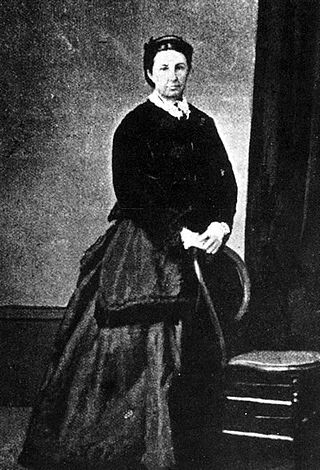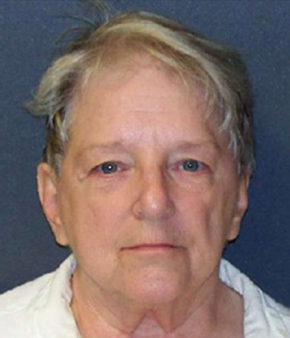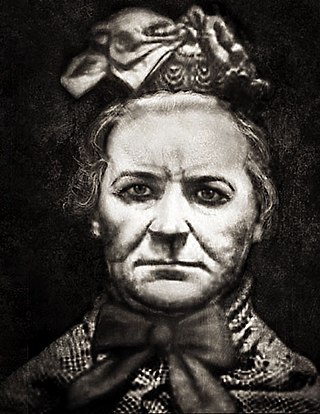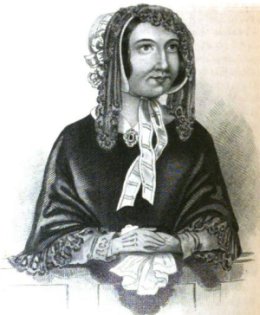Related Research Articles
Baby farming is the historical practice of accepting custody of an infant or child in exchange for payment in late-Victorian Britain and, less commonly, in Australia, New Zealand and the United States. If the infant was young, this usually included wet-nursing. Some baby farmers "adopted" children for lump-sum payments, while others cared for infants for periodic payments.

Capital punishment in the United Kingdom predates the formation of the UK, having been used within the British Isles from ancient times until the second half of the 20th century. The last executions in the United Kingdom were by hanging, and took place in 1964; capital punishment for murder was suspended in 1965 and finally abolished in 1969. Although unused, the death penalty remained a legally defined punishment for certain offences such as treason until it was completely abolished in 1998; the last execution for treason took place in 1946. In 2004 the 13th Protocol to the European Convention on Human Rights became binding on the United Kingdom; it prohibits the restoration of the death penalty as long as the UK is a party to the convention.
The Toronto hospital baby deaths were a series of suspicious deaths that occurred in the Cardiac Ward of the Hospital for Sick Children in Toronto, Ontario, Canada between July 1980 and March 1981. The deaths started after a cardiology ward had been divided into two new adjacent wards. The deaths ended after the police had been called in, and the digitalis-type medication that had possibly been used for the alleged killings (digoxin) had begun to be kept under lock and key. Three nurses were at the centre of the investigation and an apparent attempt to poison nurses' food. One of the nurses, Susan Nelles, was charged with four murders, but the prosecution was dismissed a year later on the grounds that she could not have been responsible for a death excluded from the indictment, which the judge deemed a murder.

Williamina Dean was a New Zealander who was found guilty of infanticide and hanged. She was the only woman to be executed in New Zealand. Several other women were sentenced to death, but all of them had their sentences commuted to either life or long duration imprisonment.

The Inner London Sessions House Crown Court, more commonly known as the Inner London Crown Court and distinct from the Inner London Magistrates' Court, is a Crown Court building in Newington, London, United Kingdom. It is located in the Sessions House on Newington Causeway at the corner of Harper Road. It is a Grade II listed building.

Amelia Sach and Annie Walters were two British murderers better known as the Finchley baby farmers.
Waneta Ethel (Nixon) Hoyt was an American serial killer who was convicted of killing all five of her biological children.

Horsemonger Lane Gaol was a prison close to present-day Newington Causeway in Southwark, south London. Built at the end of the 18th century, it was in use until 1878.

Genene Anne Jones is an American serial killer, responsible for the deaths of up to 60 infants and children in her care as a licensed vocational nurse during the 1970s and 1980s. In 1984, Jones was convicted of murder and injury to a child. She had used injections of digoxin, heparin, and later succinylcholine to induce medical crises in her patients, causing numerous deaths. The exact number of victims remains unknown; hospital officials allegedly misplaced and then destroyed records of Jones' activities, to prevent further litigation after Jones' first conviction.
Beverley Gail Allitt is an English serial killer who was convicted of murdering four infants, attempting to murder three others, and causing grievous bodily harm to a further six at Grantham and Kesteven Hospital, Lincolnshire between February and April 1991. She committed the murders as a State Enrolled Nurse on the hospital's children's ward.

Mary Ann Cotton was an English convicted murderer who was executed for poisoning her stepson. Despite her sole conviction for murder, she is believed to have been a serial killer who killed many others including 11 of her 13 children and three of her four husbands for their life insurance policies. Her preferred method of killing was poisoning with arsenic.

Amelia Elizabeth Hobley, popularly dubbed the Ogress of Reading, was an English serial killer who murdered infants in her care over a thirty-year period during the Victorian era.

Marie Manning was a Swiss domestic servant who was hanged on the roof of London's Horsemonger Lane Gaol on 13 November 1849, after she and her husband were convicted of the murder of her lover, Patrick O'Connor, in the case that became known as the "Bermondsey Horror". It was the first time that a husband and a wife had been executed together in England since 1700. The novelist Charles Dickens attended the public execution, and in a letter written to The Times on the same day wrote,
I believe that a sight so inconceivably awful as the wickedness and levity of the immense crowd collected at that execution this morning could be imagined by no man, and could be presented in no heathen land under the sun.

Frances Lydia Alice Knorr was an English migrant to Australia, known as the Baby Farming Murderess. She was found guilty of strangling an infant and hanged on Monday 15 January 1894.

John Sidney Makin and Sarah Jane Makin were Australian 'baby farmers' who were convicted in New South Wales for the murder of infant Horace Murray. The couple answered a series of advertisements from unmarried mothers seeking adoption of their babies, taking on the care of the infants on payment of a "premium". The remains of fifteen infants were found by police buried in the yards of houses where the Makins had resided. The couple were tried and found guilty in March 1893 and both were sentenced to death, though Sarah Makin's sentence was commuted to life imprisonment. After an unsuccessful appeal, which was confirmed by the Privy Council in Britain, John Makin was hanged on 15 August 1893. Sarah Makin served her sentence at Bathurst and Sydney. After eighteen-and-a-half years she was released in April 1911 when her daughters petitioned for her early release.
Daniel Richard Cooper of New Zealand was a convicted baby farmer and illegal abortionist. In 1922, he was apprehended at a Wellington suburban property and in 1923 found guilty of murder and executed. His wife, Martha Elizabeth Cooper, was acquitted.

Hilda Nilsson was a Swedish serial killer from Helsingborg who became known as "the angel maker on Bruks Street". She is one of Sweden's most notorious female serial killers.
Athelstan Braxton Hicks was a coroner in London and Surrey for two decades at the end of the 19th century. He was given the nickname "The Children's Coroner" for his conscientiousness in investigating the suspicious deaths of children, and especially baby farming and the dangers of child life insurance. He would later publish a study on infanticide.
References
- ↑ "Baby Farming". Illustrated Police News. No. 331. London, England: The British Newspaper Archive. 16 June 1870.
- 1 2 Newton, Michael (2006). The Encyclopedia of Serial Killers. Infobase Publishing. p. 428. ISBN 9780816069873 . Retrieved 20 June 2012.
- Horsemonger Lane Gaol at the Wayback Machine (archived 4 October 2006)